Chernobyl: “What is the cost of lies?”
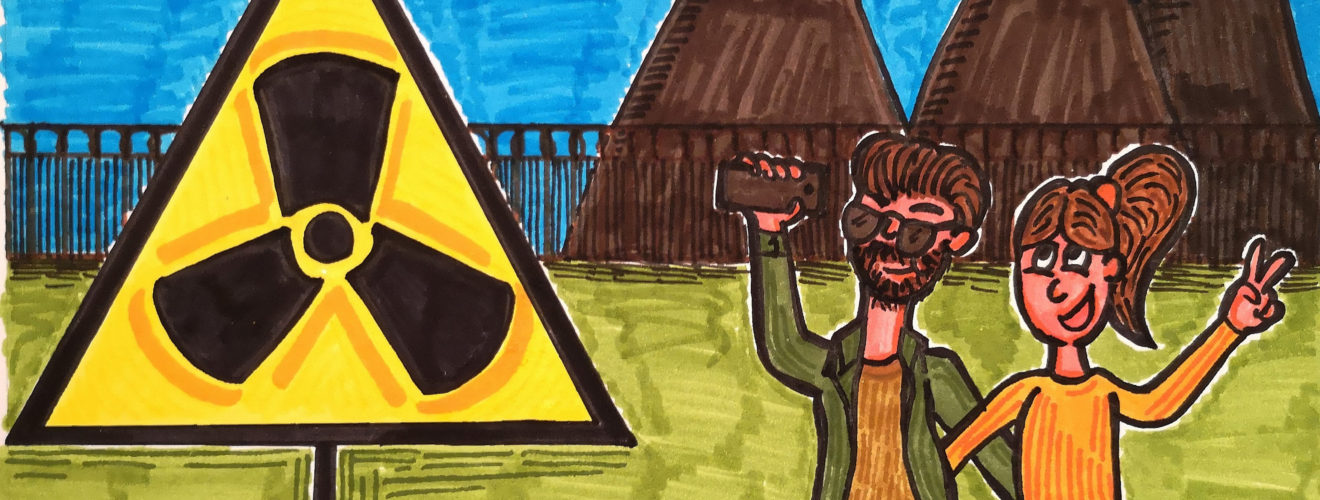
The Chernobyl disaster was thrown back into the public consciousness following the release of HBO’s 2019 miniseries. Kirstin explores the legacy of the incident and its representation in popular culture.
If, like me, you’ve watched HBO miniseries Chernobyl, you may have, as I did, found yourself freaking out. I started googling frantically. My panic increased as the nuclear plant technicians in the show continued to say: “it isn’t possible”. Like the “unsinkable” Titanic, they were evidently wrong. I wondered if present-day nuclear safety experts could be wrong too. A cold sweat began to form as I realised that the closest nuclear power plant to Glasgow is only 37 miles away, easily close enough to spell my doom (roughly eighteen times the distance from Pripyat to Chernobyl, but certainly close enough to suffer the effects of a nuclear fallout — or so my panic led me to believe).
After stressing irrationally for several hours, I collected my thoughts. Considering that fear largely comes from a lack of understanding, I decided to learn all there is to learn (in a short space of time) about Chernobyl. I wanted to know why we use nuclear power, what went wrong on that day in 1986 and what legacy the disaster left on the people affected and the surrounding area.
Nuclear Energy
We have known about the damage nuclear energy can cause for longer than we have used it as a commercial power source. In August 1945, atomic bombs were dropped on the cities of Hiroshima and Nagasaki. In Hiroshima, approximately 60 – 80,000 people were instantly killed, though acute radiation damage, injuries from the blasts, subsequent cancers, and illnesses associated with radiation poisoning led to over 200,000 deaths by 1950; in Nagasaki, roughly 140,000 deaths are estimated1. If the bombs had been detonated closer to the ground, the death and injury toll could well have been higher still.
They’ve had a cultural impact too. The Japanese language has a word, hibakusha, to describe people who have been affected by the atomic bombs and they have been referenced countless times in art, books, and films2. All of this, six years before nuclear was ever used as an energy source and nine years before it was harnessed for commercial means3.
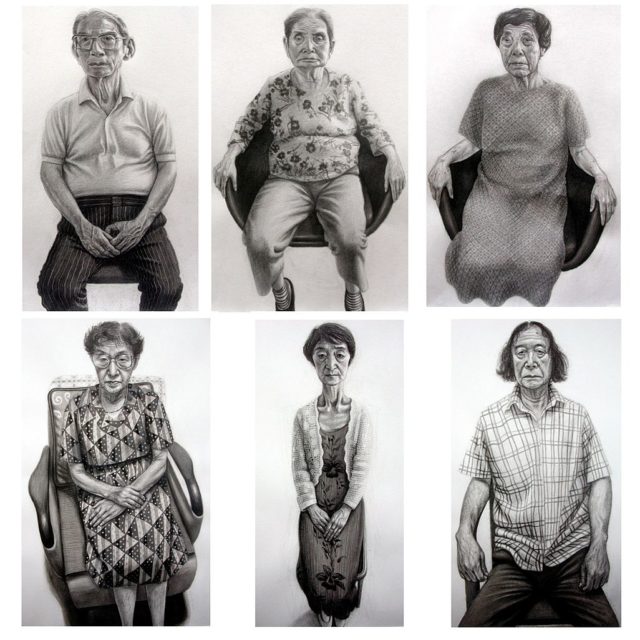
And yet, it is an undeniably efficient source of energy. According to the US Office of Nuclear Energy, a single nuclear reactor can produce energy equivalent to 431 wind turbines4. It’s also a steady energy source, whereas wind and solar energy are reliant on weather, which might not always be predictable or consistent. The disposal of toxic waste products is a troubling environmental aspect, but it may be more of an economic issue than a clean-energy issue, as depleted fuel can be used in new types of reactors. On top of this, it’s far cleaner than burning fossil fuels and has very low net CO2 emissions.
It’s also much safer than you might think. Writing for Physics World, nuclear engineer Una Davies pointed out that “nuclear power has the lowest number of deaths per kilowatt-hour of electricity generated”5. This seems totally counter intuitive to the way nuclear power is represented in the media, and yet, when you consider the effects of fossil fuels on air-pollution and climate change, it makes a lot of sense. Proportionally, there are also fewer accidents in nuclear power-plants compared to those for harvesting other energy sources. In order to meet EU pledges of the Paris Agreement, to cut greenhouse gases by 40% (compared to 1990 levels) and to achieve a 32.5% increase in energy efficiency6, it may be difficult to rule out nuclear energy as an adjunct to renewables.
What Went Wrong in Reactor 4?
The show goes some way to explaining this in the final episode. The reactors used in Chernobyl were Soviet RBMK designs. RBMK stands for reaktor bolshoy moshchnosty kanalny, translated by the World Nuclear Association to mean ‘high-power channel reactor’. During a safety check to test how long the reactor could be sustained in the event of a power outage, a flaw in the design led to a power surge, and water (usually used to cool the system) reacted with the fuel to create intense pressure7.
In The Chernobyl Podcast that accompanies the series (I strongly recommend listening if you too have an unquenchable appetite for all things Chernobyl), show creator Craig Mazin tells the presenter how, when researching the accident, he was struck by the irony of the explosion occurring during a safety test. Human error and flawed design were essentially responsible.
Surprisingly, the other three reactors at Chernobyl continued to run safely through the 1990s — a testament to the demand for efficient energy. In 2000 the final reactor at the site shut down. There are still, at the time of writing, 11 RBMK reactors in operation8 but greater understanding of the potential faults and higher safety standards should prevent the likelihood of any repeat events.
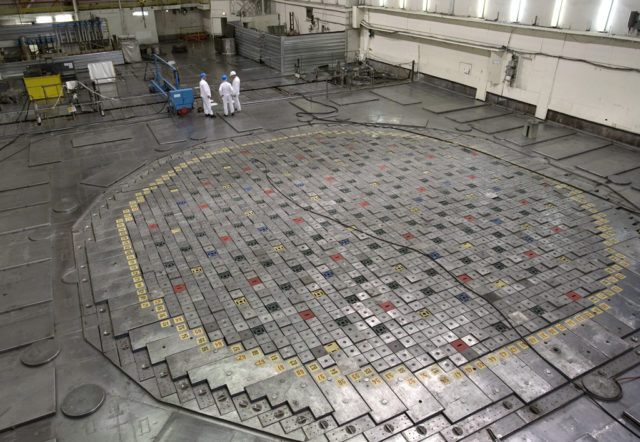
Radiation Exposure
Around the 1980s, there was a lack of understanding about how to handle the dangers of ionising radiation among the general public. Propaganda in the USSR promoted the promises of the ‘friendly atom’, and there was a widely held belief that vodka could decontaminate people from radiation exposure (sorry, but it can’t; swigging booze on that long-haul flight won’t protect you from the radiation that you’ll come into contact with while you’re up in the air).
When reactor 4 blew up, the firefighters called to the scene believed it was a fire on the roof and were not properly informed of the dangers. Based on a true story, in the TV adaptation we see a firefighter picking up graphite from the exploded core, which quickly eats through his glove and causes catastrophic burns to his hand. Firefighters on the show also report tasting metal, which really happens around intense radiation due to damage to the taste buds.
Radiation sickness starts after receiving an instantaneous dose of 750 milliSieverts, and doses of between 3,000 – 10,000 mSv will leave you with a 50% chance of survival9. At the time of the meltdown, ten minutes of exposure to the Chernobyl nuclear reactor core would have exposed you to almost 50,000 mSv and certain death10.
However, we are all exposed to low levels of radiation all the time — from eating bananas to using computers. The average person is exposed to roughly 2 mSv over the course of a year, though this varies widely. If you live in Aberdeen, you’ll be exposed to higher levels of radiation from the granite buildings compared to the sandstone tenements of Glasgow. It may also be higher for those who smoke, people undergoing cancer chemotherapy, or for frequent flyers — you’d be exposed to around 0.04 mSv on a flight from New York to LA.
However, as we see in the TV show, acute radiation syndrome (ARS) usually occurs in four stages11. Initially, it presents similarly to burns with reddening and swelling of the skin, along with nausea, vomiting, diarrhoea, and headaches. This stage can last anywhere between minutes and days, depending on the level of exposure. The second stage, perhaps cruelly, is characterised by an apparent lull in symptoms. Again, the length of time can vary — anything up to a few weeks.
The third stage is caused by damage at the cellular level, and will vary between different types of ARS. The most severe syndrome causes damage to blood vessels, leading to fluid build-up in the skull, and causing death within three days. The fourth stage is either recovery or, in the case of severe ARS, death.
Once poisoned, radioactive isotopes on or inside the victim can pose a threat to others too. In the podcast, Craig Mazin tells the story of a man who, on the night of the explosion, suffered a burn on his shoulder in a precise handprint from a colleague he had been trying to rescue. In the programme, some of this is incredibly difficult to watch. Based on a true story reported in Svetlana Alexievich’s Chernobyl Prayer, we follow a young couple as the husband, a Chernobyl firefighter, becomes increasingly sick. His wife is told that it is unsafe for her to visit or touch him, making it impossible to safely embrace. He dies painfully, and is buried in a lead-lined grave.
The Human Cost
The number of deaths that occurred in the aftermath of Chernobyl is difficult to accurately state. Fewer than 50 deaths are directly linked to the incident — almost all of whom were present on the scene on the night of blast, either working in the reactor or as first responders. There is evidence of an increase of childhood and adolescent thyroid cancers in the years following the explosion, but survival rates for these were over 90%. The World Health Organization estimates 4,000 deaths can be attributed to radiation, but they also note in their 2005 report that the traumas of mass evacuation, extreme poverty, and a “paralysing fatalism” following myths and fears around the incident could have had as much of an impact on people’s health12.
While the numbers may not be as high as some reports state, statistics cannot capture or rule out the huge human cost that this disaster had. Reading Chernobyl Prayer takes you through this from many angles: for those who stayed in the exclusion zone because they couldn’t face leaving their homes; those who were evacuated and felt unwelcome or even feared in the towns they were relocated to; people who worked in the clean-up operation and suffered after-effects including infertility; people who terminated pregnancies for fear of the effects the radiation might have; and those families who did lose children to cancer or loved ones to radiation sickness. This toll should not be ignored.
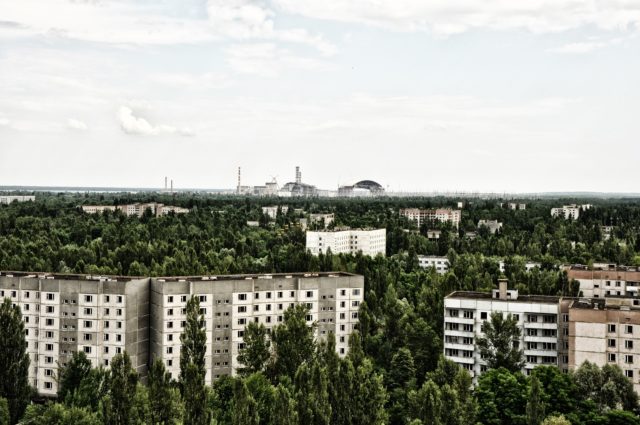
Legacy
The legacy of the people affected by Chernobyl may be complicated, but the legacy of the exclusion zone from where they were evacuated is surprising. Recently, one of my friends told me her brother was going on holiday to Chernobyl. At first, I was convinced she must be mistaken — my understanding was that the exclusion zone would be uninhabitable for the next few thousand years. More fool me. You can go on a wildlife tour, visit an art installation, and buy novelty fridge magnets there now. There’s even a Chernobyl vodka, aptly named ‘Atomik’13. It is jarring though; after visiting the concrete ‘sarcophagus’ that now covers the reactor site, Guardian writer Tom Seymour posted a picture of it on his instagram. A friend messaged him to say: “That thing killed my grandmother […] And now it’s a disco…”14. To many, it is still too soon and too distasteful to make a novelty out of this tragedy — though it’s worth acknowledging that this is driven by a need for economic regeneration for those living in and around the exclusion zone. And in fact, visitors are likely to get a higher dose of radiation from flights to and from the zone than from spending an hour within it.
But there is one shred of silver lining. Wildlife seems to be thriving in the zone now that it has been left free of human activity. Packs of wolves and herds of bison can be seen. Badgers, voles, moose, deer, foxes, and many bird species have settled into the area, with no obvious consequences from radiation exposure. In 1998, the rare Przewalski’s horse was introduced to the area in an effort to prevent their extinction; their numbers have been increasing ever since15.
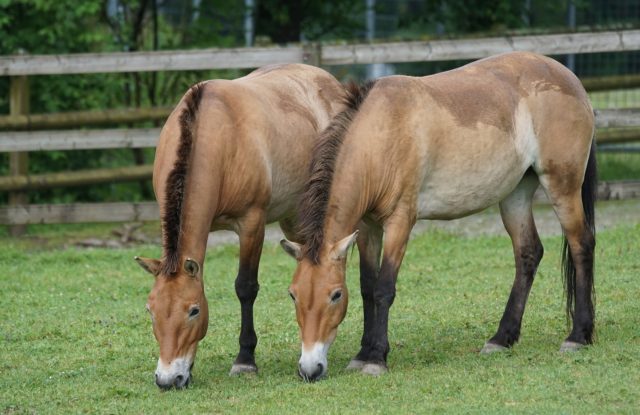
The legacy beyond the bounds of the exclusion zone is more complicated. In Sweden, food produce was affected by the fallout and thousands of reindeer were culled in the years following Chernobyl16. Over thirty years later, the radiation levels for some products are still returning to normal. As Spider-Man learned the hard way, with great power comes great responsibility. And when it comes to nuclear power, failing to respect that responsibility can lead to dire consequences.
We are still learning to respect it. Tokyo Electric Power failed to take appropriate safety measures ahead of the 2011 tsunami in Japan, ultimately playing a role in Japan’s worst ever reactor meltdown at Fukushima17. But in responding to nuclear catastrophe, we’ve learned from the past and, in some instances, potentially even over-reacted. Following the Fukushima incident, some estimates believe that mass-evacuations may have led to more deaths than low-level radiation exposure would have caused if people had remained in their homes18.
Recently, efforts to prove the safety of food produced in the area have caused controversy, and there has been a furore over the possibility of ‘radioactive food’ being served to athletes at the Tokyo Olympic Games19. However, thousands of food samples from the region have passed safety checks, and the Japanese government has even stricter standards than the UK and US for allowable levels of radiation in food produce. Unfortunately, nuclear fear-mongering may be detrimental to Japanese agriculture for years to come.
Chernobyl is an undoubtedly compelling TV drama, but it’s useful to remember that it is just a drama. Nuclear energy is controversial for good reason, but we may struggle to meet energy targets without maintaining current nuclear capacity levels; the Chernobyl miniseries certainly won’t help to sway public opinion toward this option. The show repeatedly asks “what is the cost of lies?” and we may need to consider what we mean by this in relation to nuclear energy in 2020. The cost of spreading panic and allowing nuclear capacity to decline before efficient alternatives are put in place may be higher than we bargained for.
References
- https://cnduk.org/hiroshima-the-truth-about-the-bombing/
- www.vice.com/en_us/article/kb77a9/the-bomb-survivor-artwork-depicts-the-horror-of-nuclear-weapons
- www.world-nuclear.org/information-library/current-and-future-generation/outline-history-of-nuclear-energy.aspx
- www.energy.gov/ne/articles/infographic-how-much-power-does-nuclear-reactor-produce
- https://physicsworld.com/a/the-real-fallout-from-chernobyl/
- https://ec.europa.eu/clima/policies/strategies/2030_en
- For a more in depth description, check out this report from the World Nuclear Association or watch the TV show
- www.world-nuclear.org/information-library/nuclear-fuel-cycle/nuclear-power-reactors/appendices/rbmk-reactors.aspx
- https://science.howstuffworks.com/radiation-sickness.htm
- This infographic explains the different sources of radiation and exposure levels
- www.cdc.gov/nceh/radiation/emergencies/arsphysicianfactsheet.htm
- www.who.int/mediacentre/news/releases/2005/pr38/en/
- www.bbc.co.uk/news/science-environment-49251471
- www.theguardian.com/artanddesign/2018/nov/28/chernobyl-art-party-nuclear-pripyat-ukraine-artefact-valery-korshunov
- www.nationalgeographic.com/news/2016/04/060418-chernobyl-wildlife-thirty-year-anniversary-science/
- https://sverigesradio.se/sida/artikel.aspx?programid=2054&artikel=6416727
- www.theguardian.com/environment/2012/oct/15/fukushima-disaster-avoided-nuclear-plant
- See reference number 4, from Physics World
- www.france24.com/en/20191120-japan-grapples-with-serving-fukushima-food-at-olympics

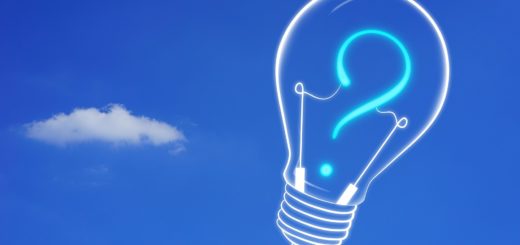
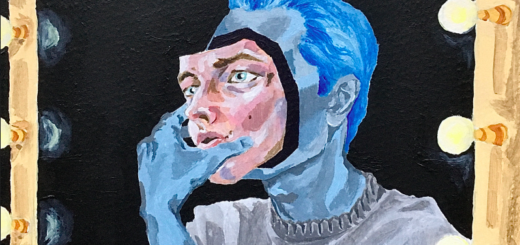








Unfortunately, the effects are global and we do not know what to expect in the future. We notice significant changes due to the disaster.